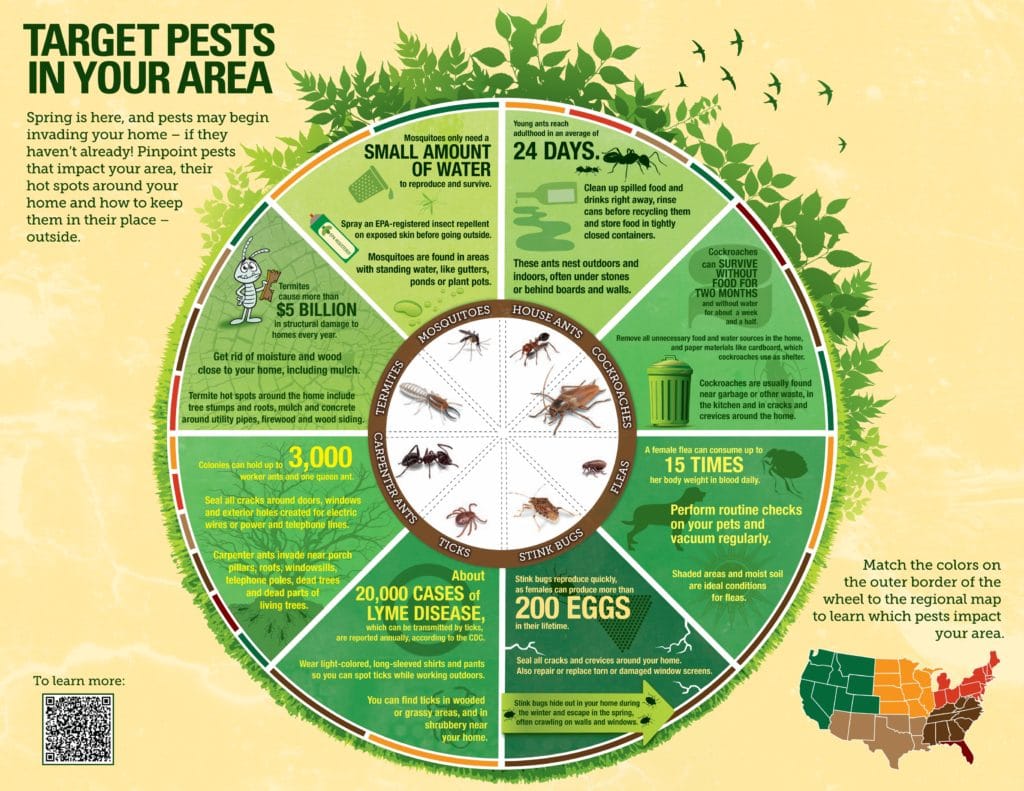Rodent-Proofing Your Outdoor Room: Methods For A Pest-Free Backyard
Rodent-Proofing Your Outdoor Room: Methods For A Pest-Free Backyard
Blog Article
Created By-Aagesen Mullen
Did you understand that rodents can squeeze with openings as small as a quarter? Imagine squirrel pest control for your exterior room. From munching on plants to nesting in cozy edges, these parasites can create chaos if given the possibility. But worry not, there are functional strategies you can utilize to maintain your lawn rodent-free. By taking https://marcomhcvp.blog2freedom.com/26599758/eco-friendly-parasite-control-natural-ways-to-maintain-rodents-at-bay to secure entry points and keep a clean setting, you can develop a citadel versus unwanted furry site visitors. So, are you ready to safeguard your exterior place from these pesky intruders?
Identify Entrance Things
To efficiently rodent-proof your exterior room, start by determining possible entry points. Evaluate https://howtoremoveasmallsnakefro17395.blog5star.com/26957985/tricky-termites-may-be-creating-silent-mayhem-in-your-house-discover-the-subtle-indicators-prior-to-it-s-far-too-late for any kind of spaces or openings that rats might make use of to gain access. Check areas such as voids under doors, holes in the walls, or openings around energy penetrations. Remember that computer mice can squeeze with holes as little as a dollar, so be detailed in your evaluation.
Concentrate on areas where utilities enter your home, such as where pipelines, cords, or wires go into the building. Seal any voids around these entrance points with materials like steel woollen or caulk. Additionally, check for any kind of splits in the structure or spaces in the home siding that could serve as access factors for rodents.
Pay attention to locations where greenery fulfills your home, as overgrown plants can provide concealing areas and simple accessibility for rodents. Trim back any overhanging branches or bushes that could be made use of as bridges to your residence. By identifying and sealing off these entry factors, you can significantly reduce the opportunities of rats attacking your outside space.
Implement Exclusion Procedures
Inspecting and securing entry points is the primary step in rodent-proofing your outside area; currently you'll take action by applying exemption steps.
Start by installing door brushes up on all outside doors to stop rodents from pressing with gaps. Seal cracks and crevices with weather-resistant sealer, concentrating on locations where energy pipes enter your home.
Usage cable mesh to cover vents and smokeshafts, ensuring they're firmly affixed. Cut tree branches and plants away from your house to get rid of possible bridges for rats to access your roof.
In https://how-to-remove-orcus-rat17394.mybuzzblog.com/6084322/identify-the-immediate-necessity-for-effective-insect-monitoring-approaches-in-the-event-an-unexpected-invasion-and-discover-how-to-challenge-this-critical-problem-straight , take into consideration mounting steel blinking around the base of your home to stop burrowing. Store firewood a minimum of 18 inches off the ground and away from your house.
Keep rubbish in firmly secured containers, and immediately tidy up any type of spilled birdseed or family pet food. By applying these exclusion procedures, you can considerably minimize the chance of rodents invading your exterior room.
Maintain Tidiness and Trimmed Landscaping
Guarantee your outside room stays tidy and your landscape design is regularly trimmed to prevent rats from discovering harborage or food sources. Maintaining your yard clean is crucial to decreasing tourist attractions for rats. Remove any debris, mess, or unused items that can serve as hiding areas for these insects. Rodents are attracted to areas with very easy access to food and shelter, so by maintaining tidiness, you make your residential property less attractive to them.
On a regular basis cutting your landscaping is likewise important in rodent-proofing your outside area. Overgrown plants gives rodents with enough hiding spots and potential nesting websites. By keeping your grass trimmed, shrubs cut, and trees trimmed, you remove prospective habitats for rodents. Additionally, trimmed landscape design makes it harder for rats to access your home as they like locations with adequate coverage for protection.
Verdict
To conclude, by putting in the time to rodent-proof your exterior room, you can ensure a pest-free backyard for years to find. Remember to frequently inspect for access factors, apply exemption actions, and maintain your lawn tidy and properly maintained.
With these simple strategies in place, you can enjoy a calm and rodent-free exterior atmosphere. So, do not delay - begin rodent-proofing today and bid farewell to undesirable pests in your lawn!
